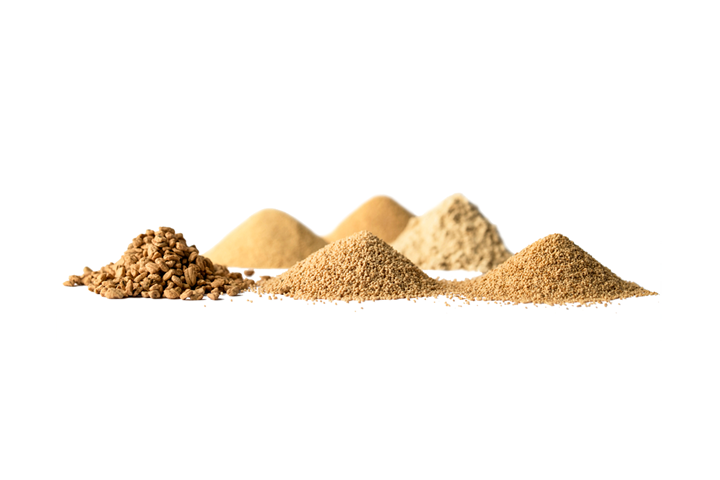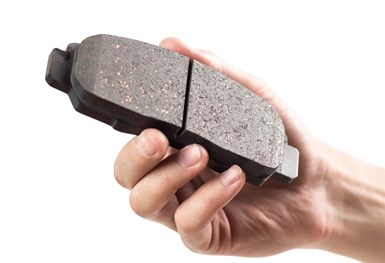BioPowder plant-based additives enhance performance, reduce carbon footprint
The Malta-based company sources its raw materials from agricultural waste and promises higher strength properties and increased bio-content for composite parts.

BioPowder’s olive stone-based powder additives can be customized to meet a customer’s texture and reinforcement requirements. Photo Credit, all images: BioPowder
BioPowder (Birkikara, Malta) additives, made from agricultural byproducts such as olive pits and almond shells, offer bio-based, sustainably sourced reinforcement for composites and a range of other applications.
The company was co-founded in 2017 by managing director Kathrin Schilling, who came from a background in the biomass recycling industry and wanted to find a solution and end-use for olive pits, a byproduct of olive oil production. Today, the company is headquartered in Malta with a production facility in southern Spain, and its range of fruit stone powders are used in a variety of applications including cosmetics, coatings, compostable packaging and, increasingly, higher-performance applications like composite parts.
The production process for the powders is said to be carbon neutral and waste-free, and all materials are sourced from agricultural side streams rather than purpose-grown crops.
“We can theoretically process any sort of agricultural or food processing byproducts, anything that’s available as a leftover from the production of oil, juices, or any sort of fruit extraction process,” Schilling says. “In short, we make very versatile additives and ingredients for nearly any polymeric material.”
For any new application, BioPowder engages with the customer in a stringent testing and sampling stage, and BioPowder can customize its product to meet the customer’s goals and requirements.

A brake pad reinforced with BioPowder.
Within a composite part, BioPowder additives are said to be able to add properties such as strength, hardness and abrasion resistance, as well as an appealing natural texture and aesthetic. Schilling adds, “Our material is very versatile – we can adjust the particle size to create different effects of texture or viscosity, and so on. We have ways to functionalize the surface of the particle to create certain reactive properties in the matrix.”
A few examples in the composites industry include reinforcing an injection-moldable bio-based plastic such as polypropylene (PP) or polylactic acid (PLA), or as a bio-based supplement to carbon or glass fiber reinforcement.
The addition of BioPowder products can also be used to enhance a material or part’s bio-content and to limit the amount of synthetic material or fiber that is created or needs to be disposed of at the part’s end of life (EOL).
Schilling notes, “There are a lot of so-called green materials on the market but they’re not all environmentally sustainable or have a good carbon footprint. For example, hemp or flax are purposely grown for use in composite materials, which uses a lot of energy and resources. We’re trying to make a material that ticks all of the boxes.”
Related Content
-
European boatbuilders lead quest to build recyclable composite boats
Marine industry constituents are looking to take composite use one step further with the production of tough and recyclable recreational boats. Some are using new infusible thermoplastic resins.
-
Natural fiber composites: Growing to fit sustainability needs
Led by global and industry-wide sustainability goals, commercial interest in flax and hemp fiber-reinforced composites grows into higher-performance, higher-volume applications.
-
Bio-based SiC ceramics from wood polymer composites
Austrian research institute Wood K plus makes 95% silicon carbide ceramics more sustainable (>85% bio/recycled content), enables 3D shapes via extrusion, injection molding and 3D printing.

.jpg;width=70;height=70;mode=crop)














